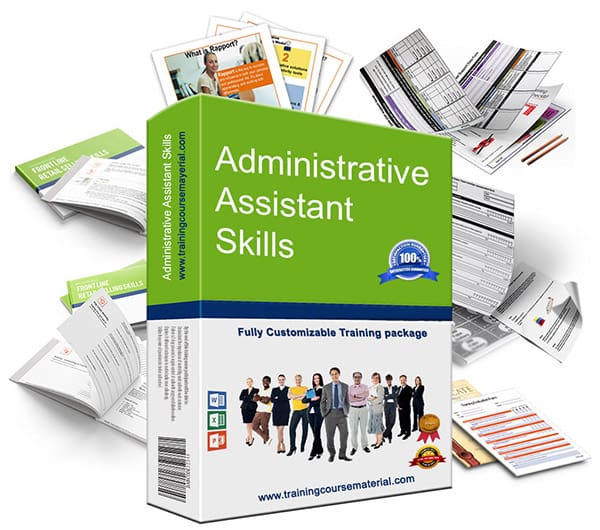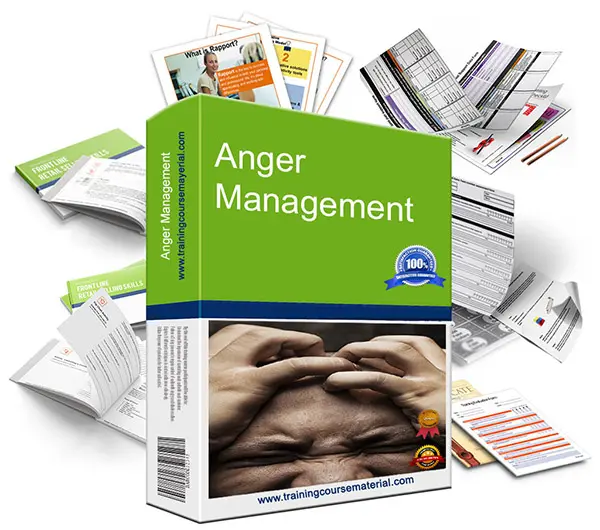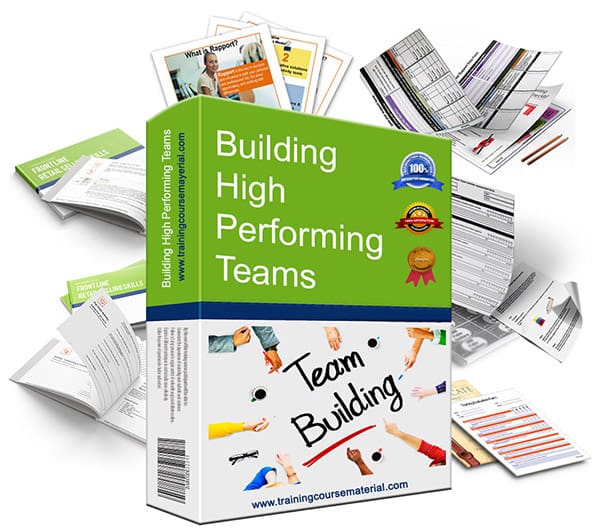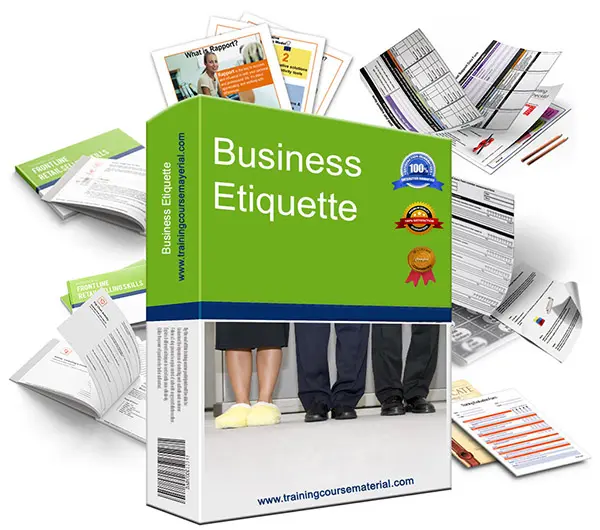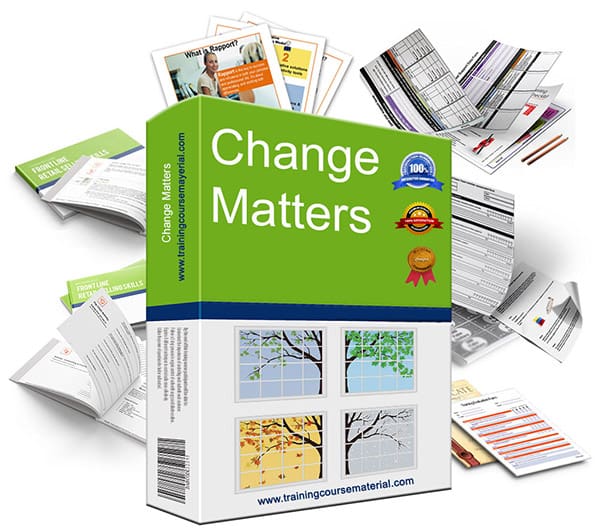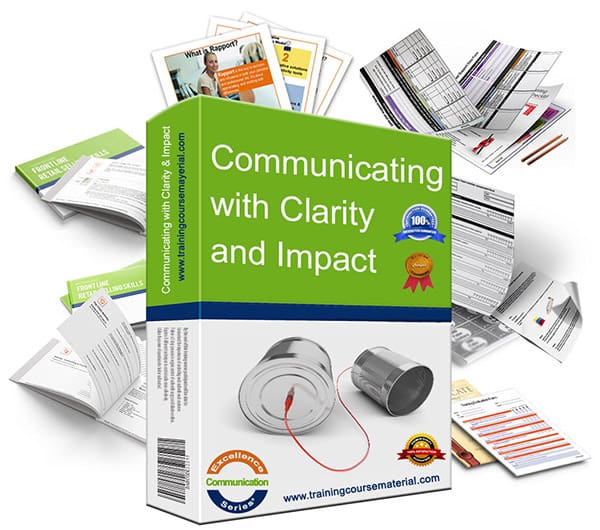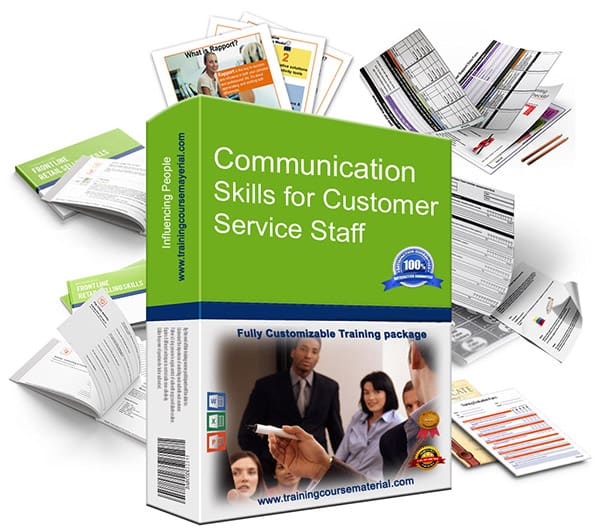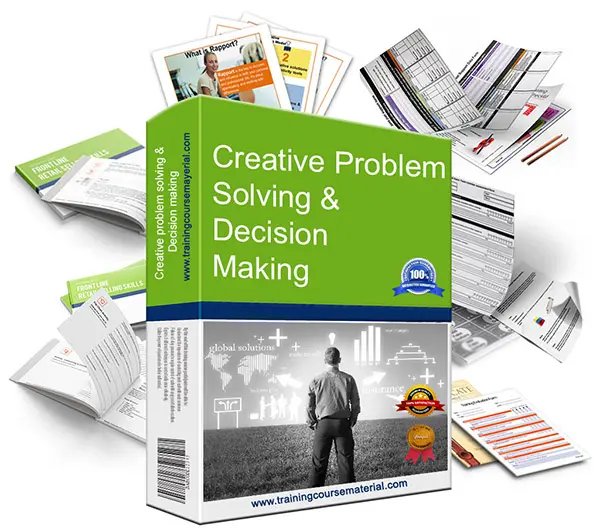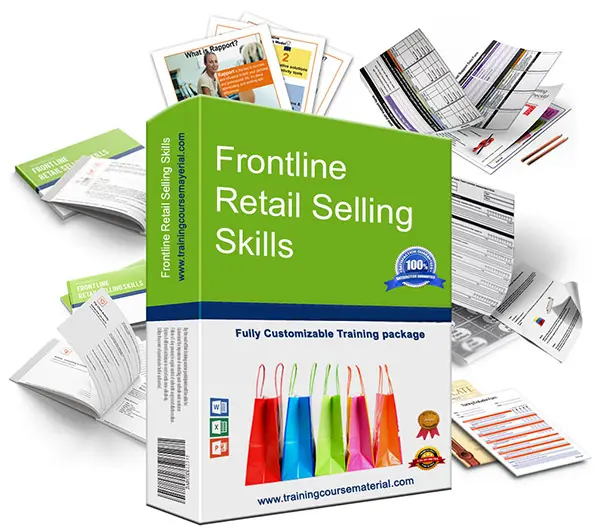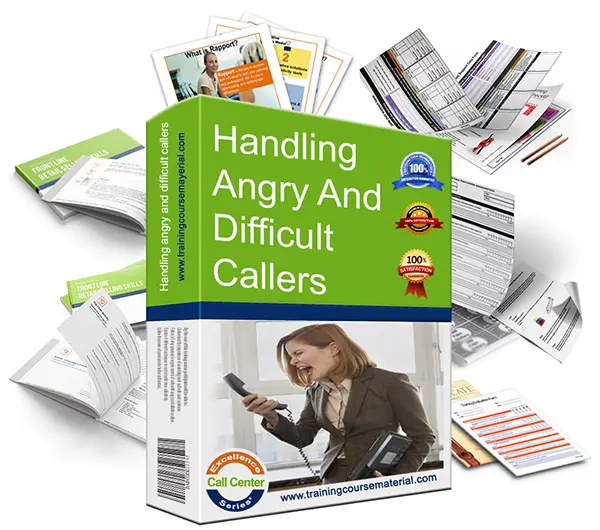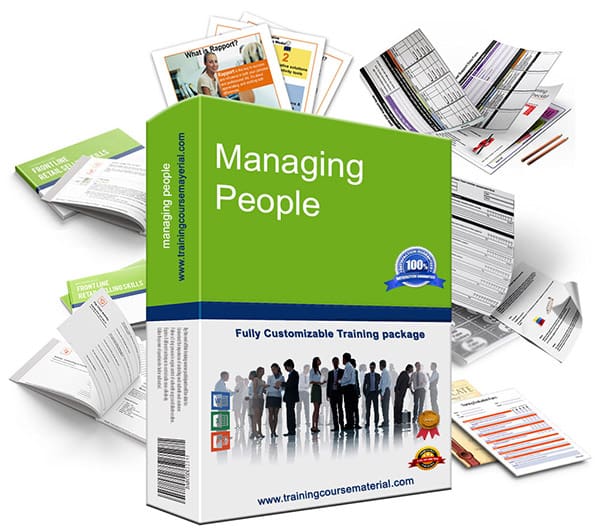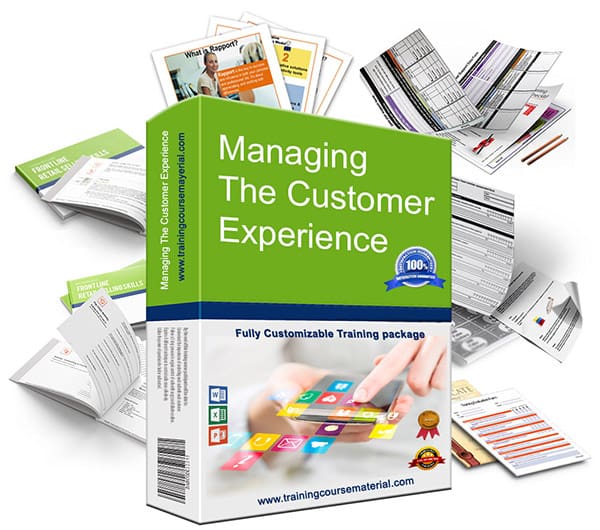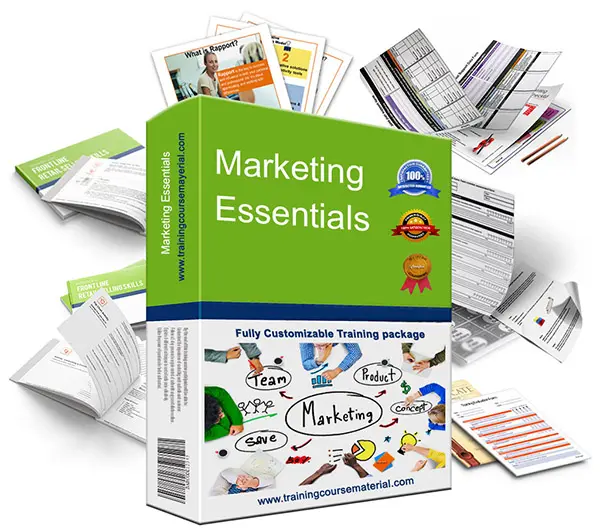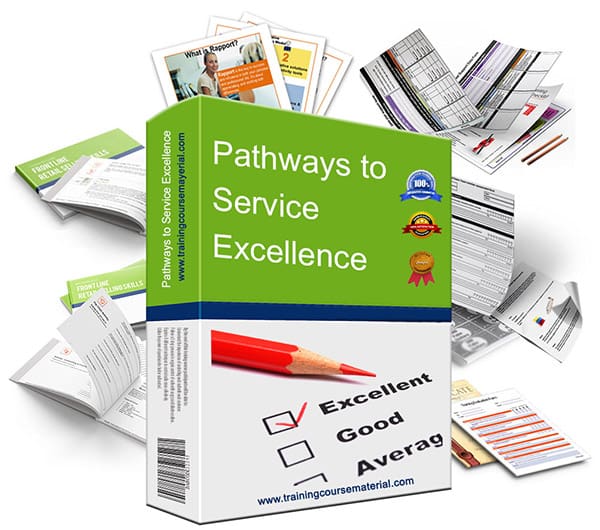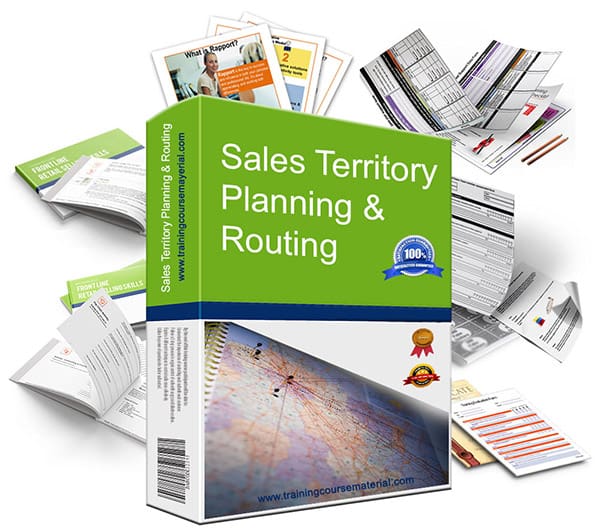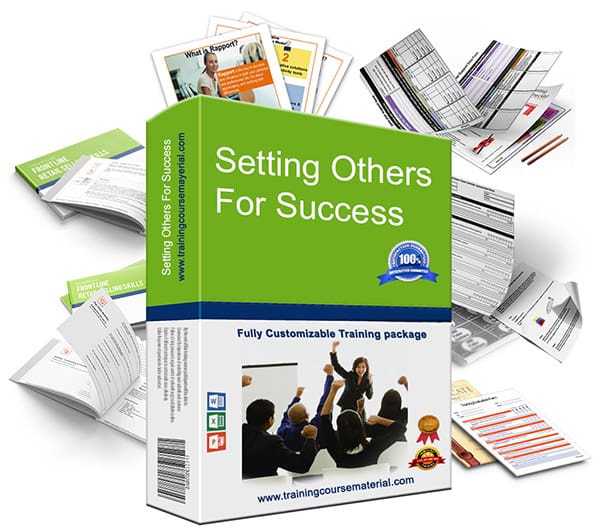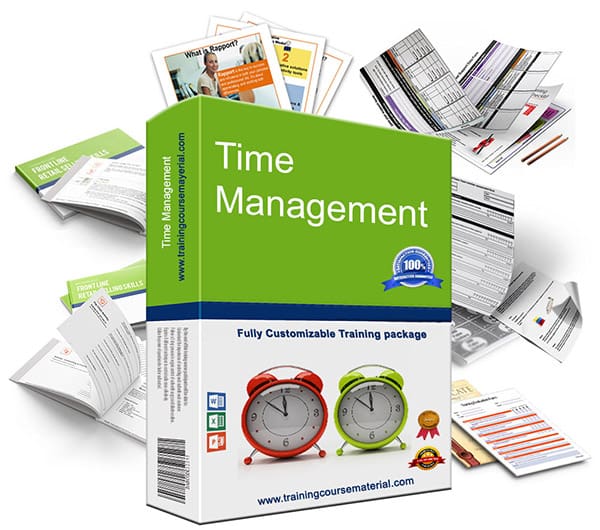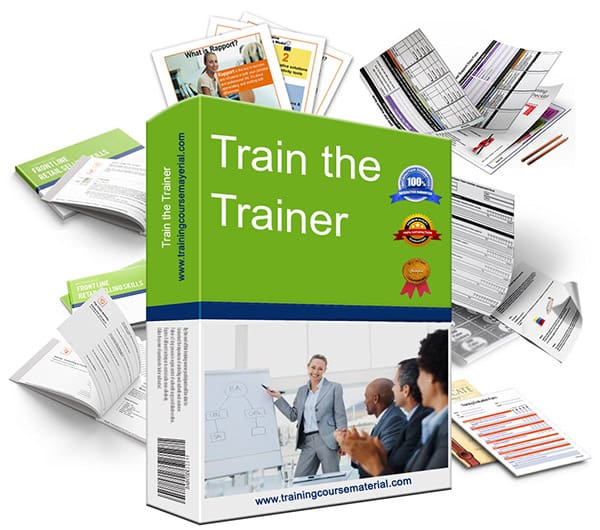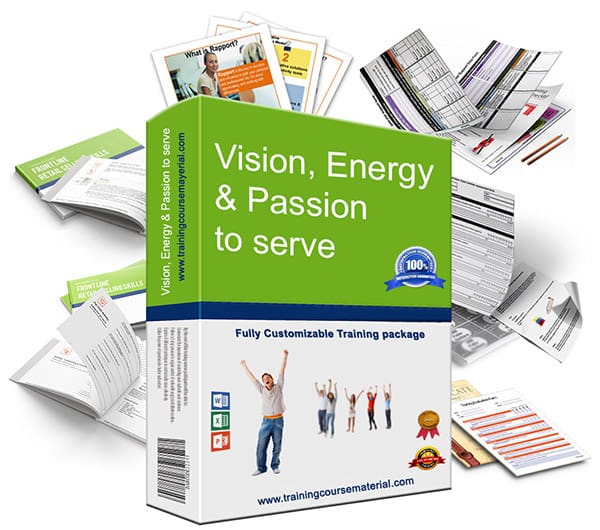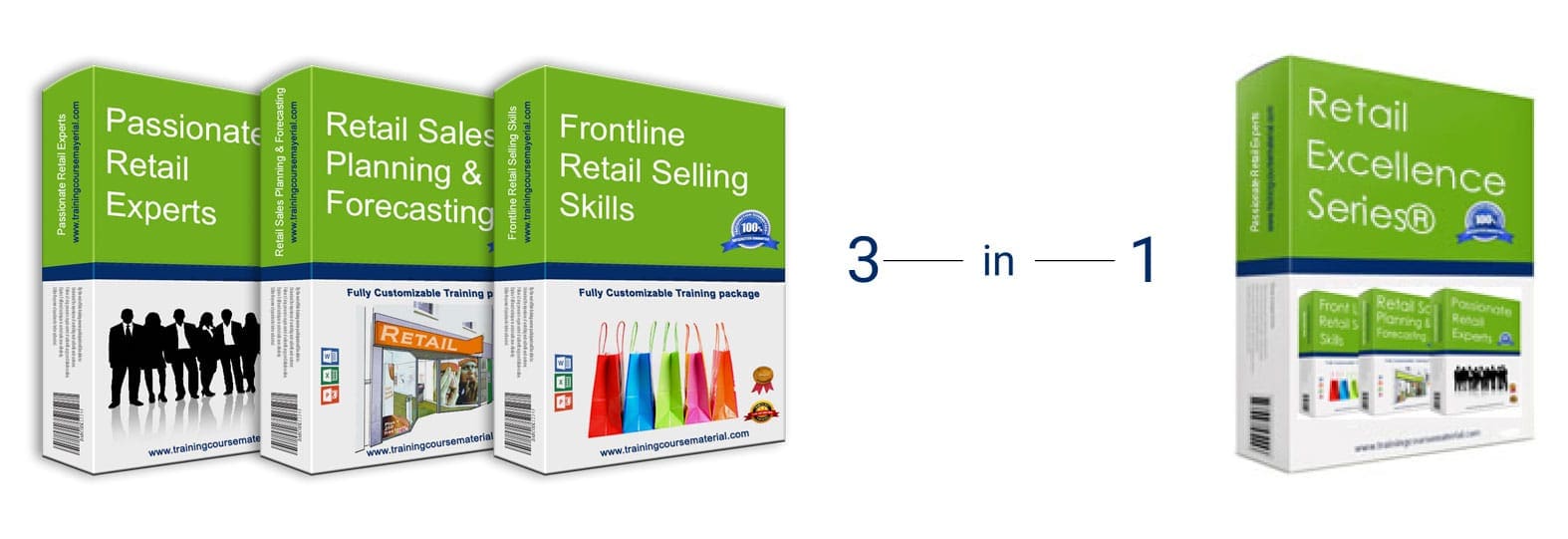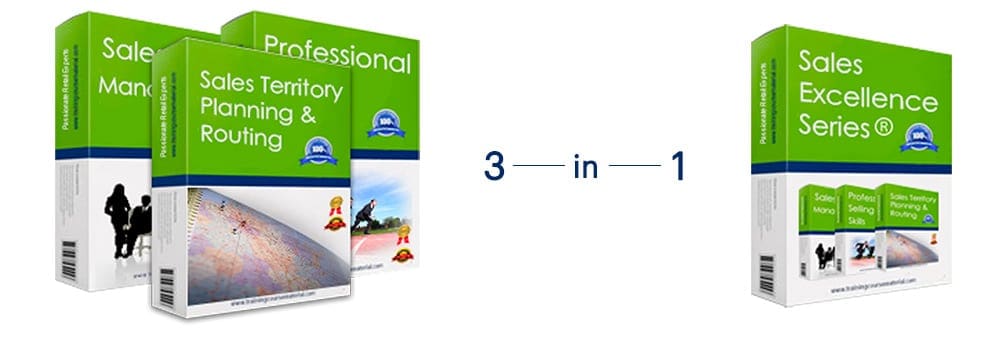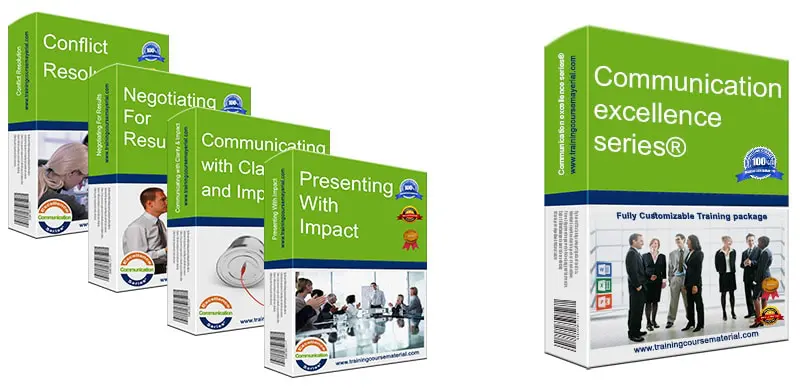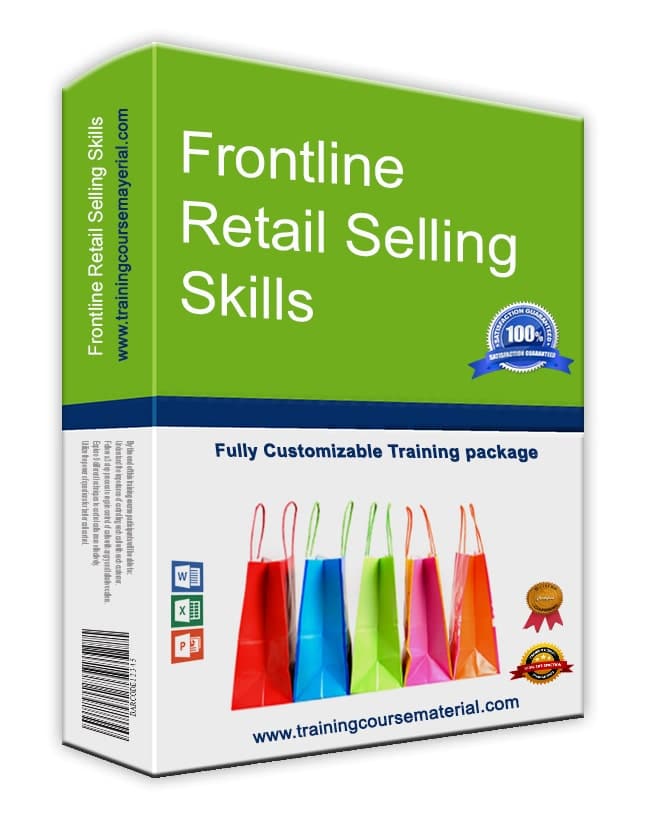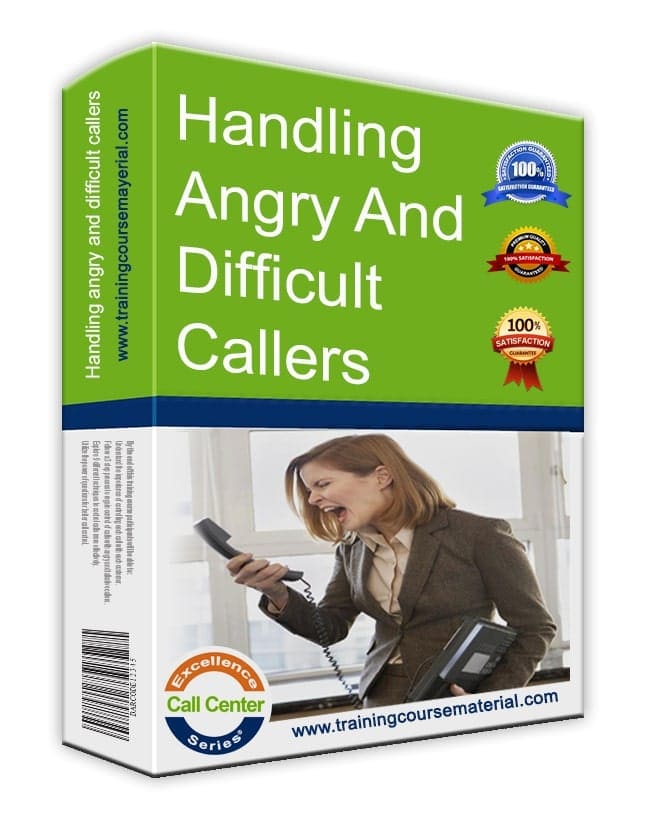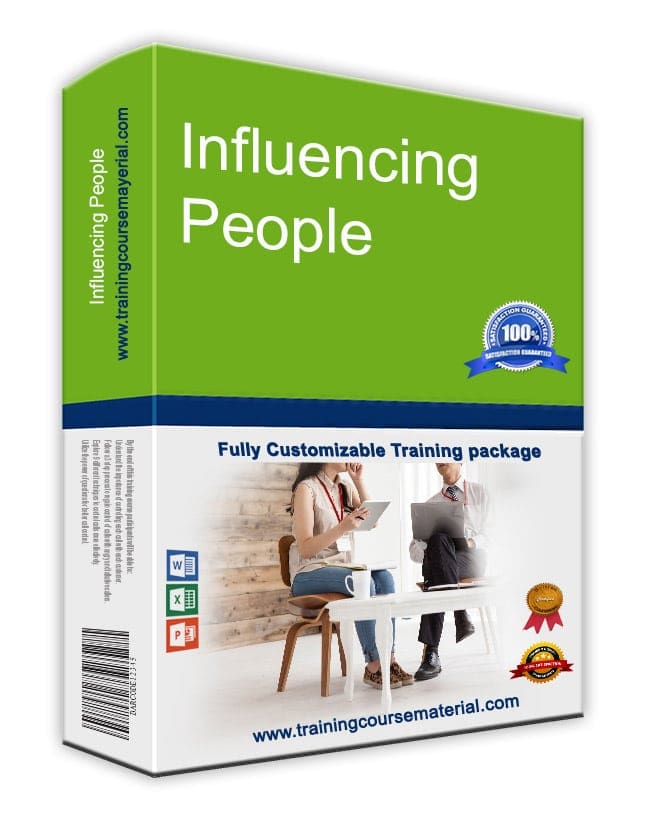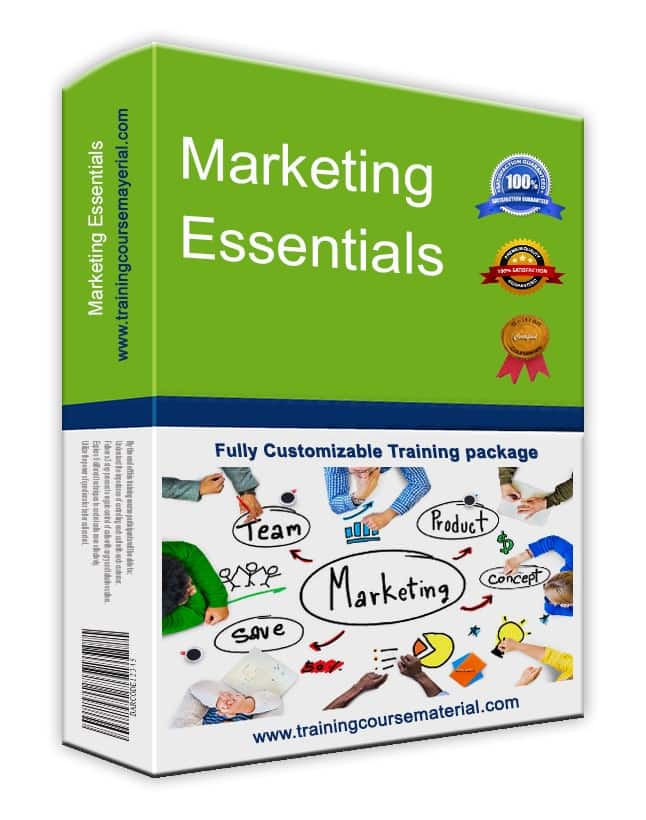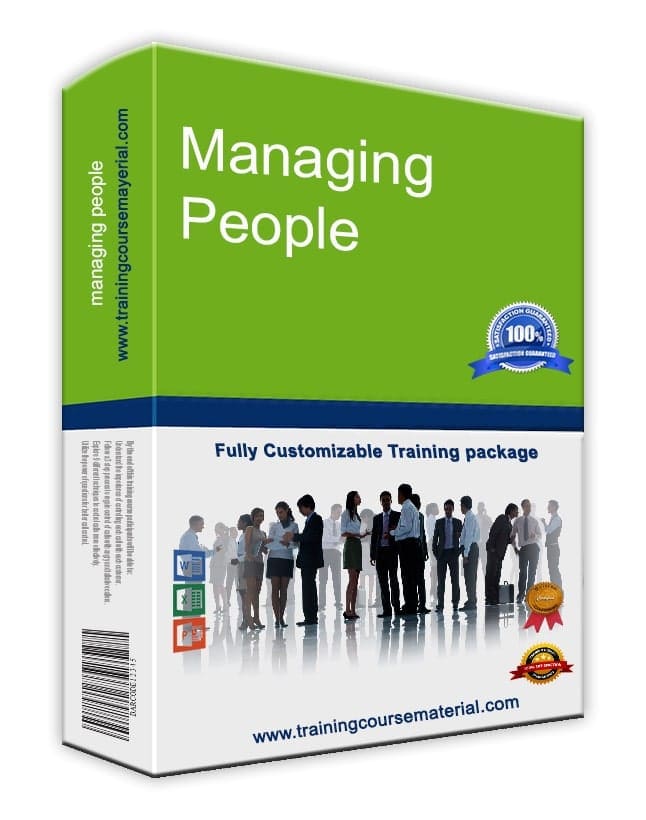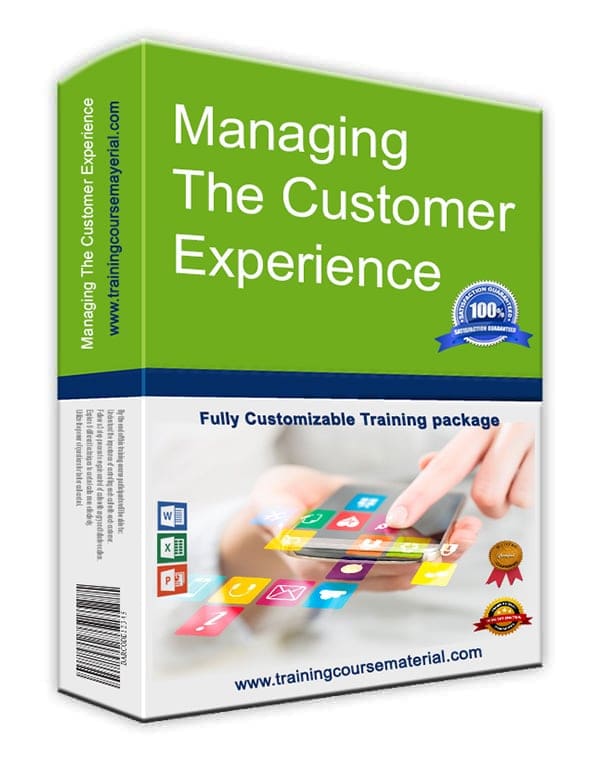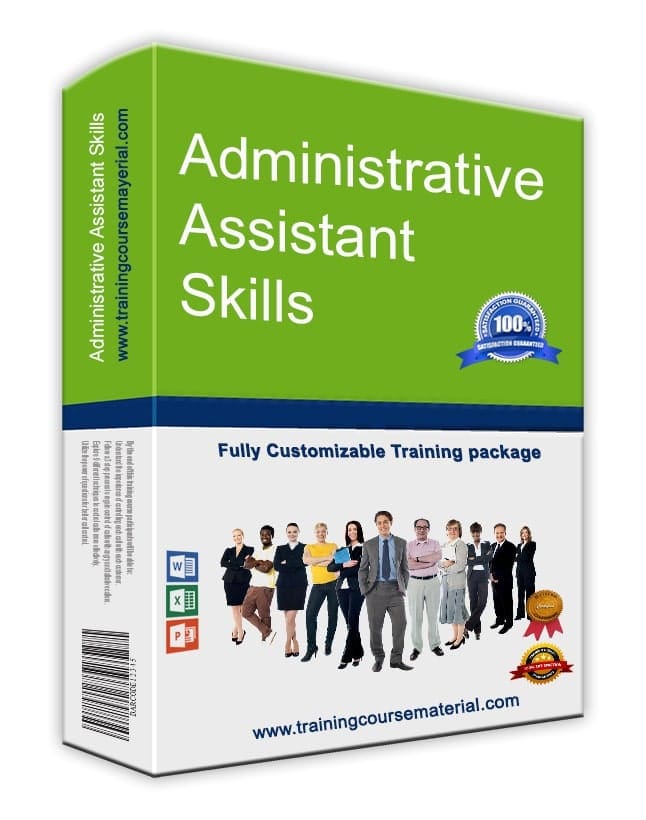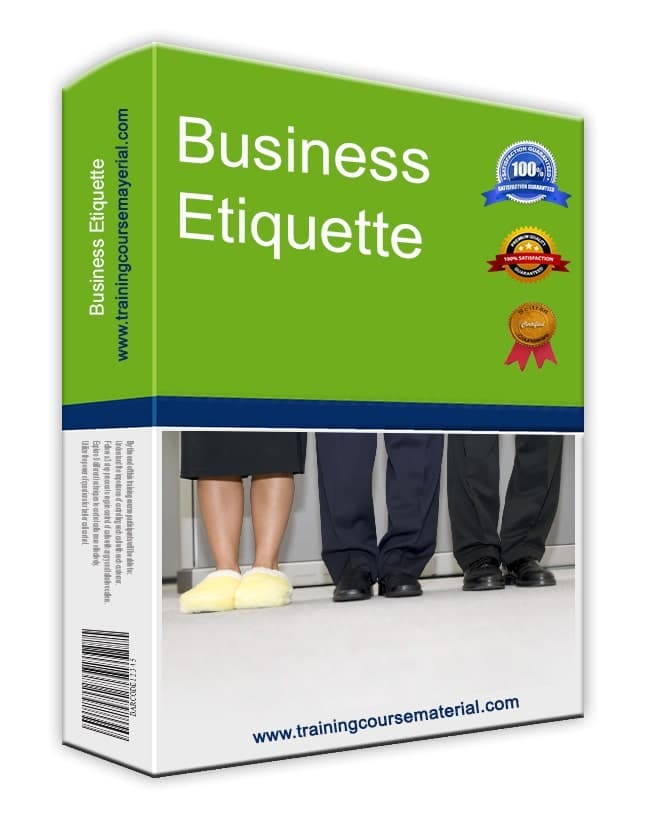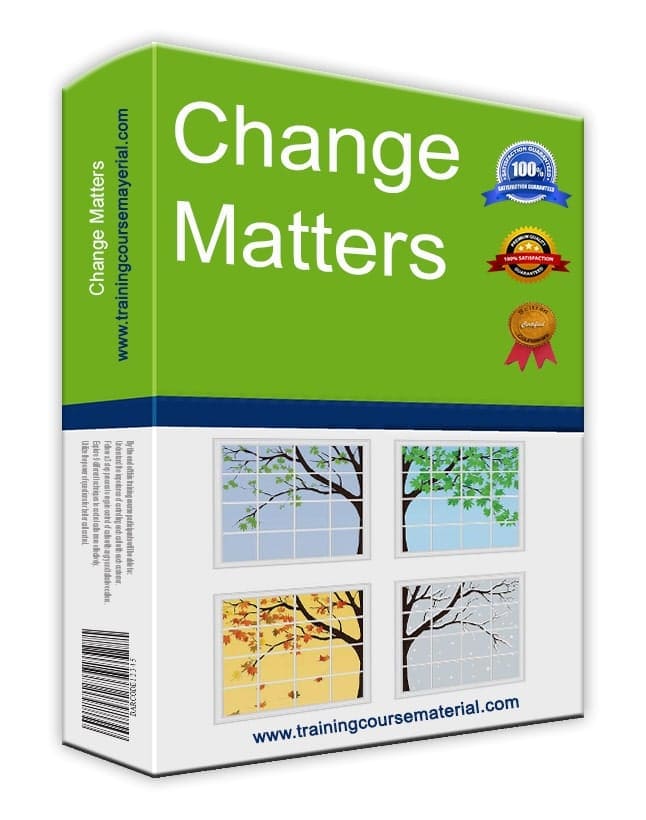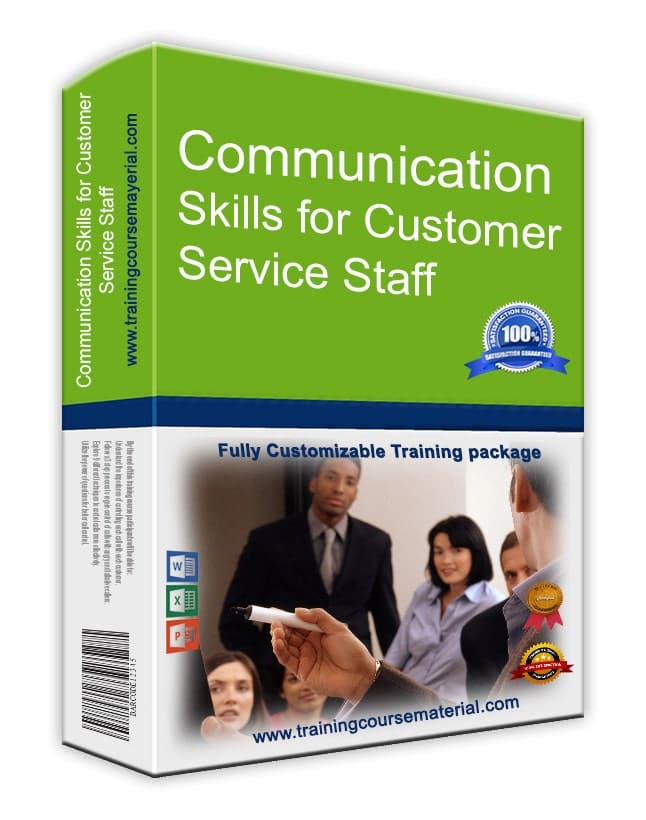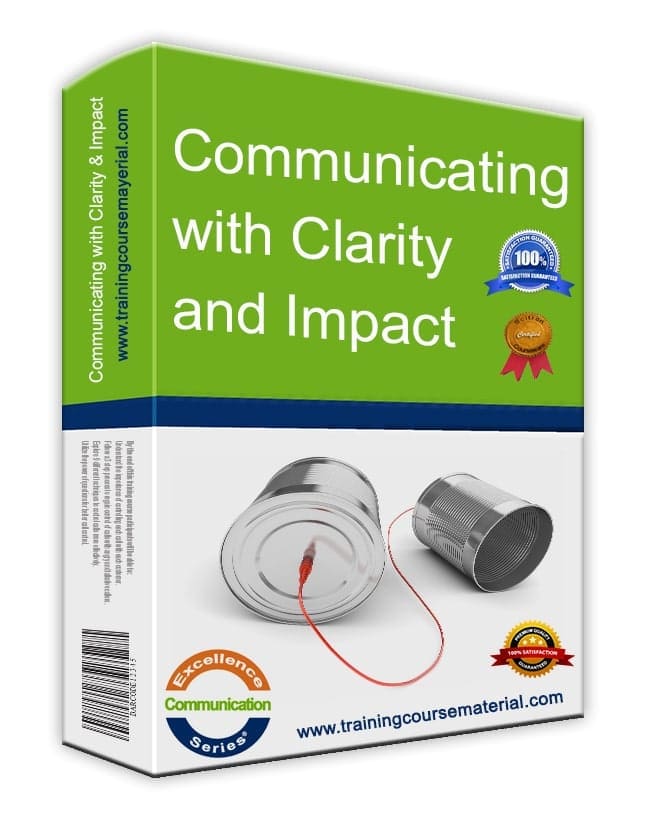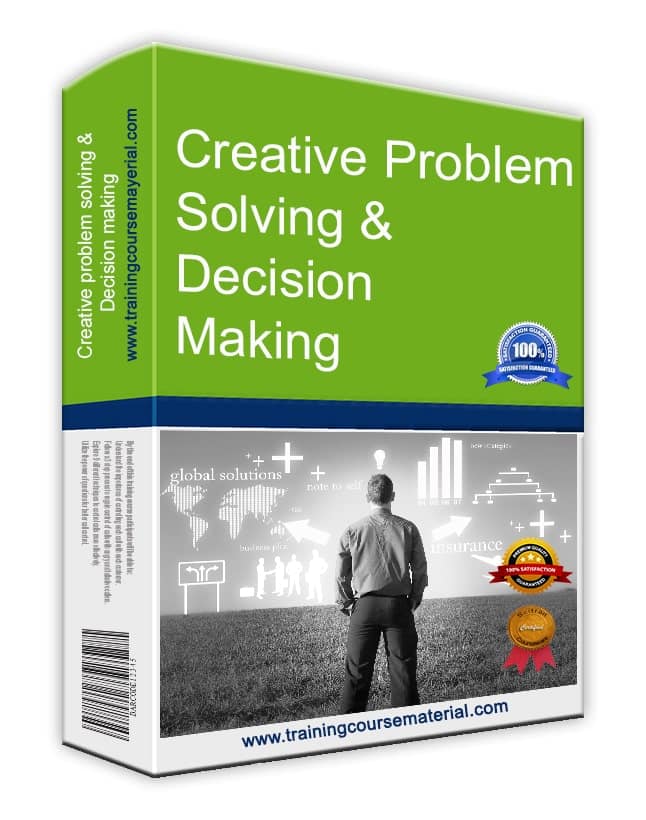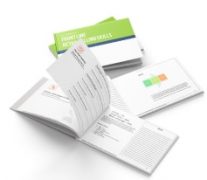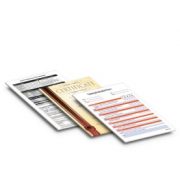By Training Course Material FZE ·
Originally published: 30 July 2021 ·
Last updated: 14 August 2025
Pricing feels awkward. Charge too little and you resent the work. Charge too much and the room goes cold. The fix is a simple system you can reuse across clients and courses.
Step 1 — Pick a pricing model on purpose
Day rate (flat per delivery day)
- Use for on‑site or live virtual delivery when scope is clear.
- Set rules for prep time, travel, and materials.
Per‑seat (price × learners)
- Works for open enrolment or when clients want a clear unit cost.
- Offer volume bands (e.g., 1–12, 13–20 with a cap).
Project package (deliverables + outcomes)
- Bundle discovery, tailoring, delivery, and follow‑up.
- Anchor to a business result, not hours—see sell the result.
Retainer (monthly)
- For ongoing enablement: office hours, micro‑sessions, content tweaks.
- Define response times and a monthly cap on hours.
Step 2 — Set your floor, target, and ceiling
- Floor (won’t go below): direct costs + time at your minimum acceptable rate.
- Target (aim for this): covers true time + profit + risk.
- Ceiling (walk‑away point): above market or value—quote only with strong proof.
Quick math you can reuse:
- Prep : delivery ratio guide — new build 2–3×, tailored 1–1.5×, repeat 0.5–1×.
- Admin buffer — add 10–15% for comms, scheduling, reporting.
- Travel — day‑rate for travel days or a fixed travel fee.
- Licensing — fee for reusing your IP beyond the session.
Step 3 — Anchor to outcomes, not hours
Clients buy the change, not the calendar time. Link price to the problem you’re solving and how you’ll measure it.
- Define success in the brief—use a simple training needs assessment.
- Offer three options (Good / Better / Best): same goal, increasing support (e.g., follow‑ups, coaching, on‑the‑job tasks).
- Include a mini ROI line: e.g., “If escalations drop 15%, this pays for itself in 2 months.”
Step 4 — Write a simple price page (client‑friendly)
Option A — Core workshop
- 1 day live delivery (up to 16 learners)
- Standard slides + workbook
- Basic report (attendance + quiz)
- Price: $____ per day or $____ per seat
Option B — Workshop + practice
- Everything in A
- + 2x virtual practice labs (90 minutes each)
- + Manager guide and prompts
- Price: $____ project package
Option C — Skills to habit
- Everything in B
- + 30‑day nudges and micro‑tasks
- + 2x coaching calls for team leads
- + Tailored scenarios
- Price: $____ project package
Need help framing offers? Try how to market your training courses and design a killer course.
Policies that protect your margin
- Payment terms: 50% to book, 50% on delivery (or Net 10).
- Cancellation: \< 10 business days = 50%; \< 5 days = 100% (move once for free).
- Change requests: include X hours of tailoring; extra billed at $___/hour.
- Licensing: internal use only unless an extended license is purchased.
- Travel: economy flight + hotel + per diem or fixed fee of $___.
- Discounts: one type at a time (volume or early‑commit), never stacked.
Worksheet — build your number
| Item | Hours / Qty | Rate / Unit | Subtotal |
|---|---|---|---|
| Discovery & scoping | __ | $__ | $__ |
| Design & tailoring | __ | $__ | $__ |
| Delivery (days or seats) | __ | $__ | $__ |
| Follow‑ups / labs | __ | $__ | $__ |
| Materials & workbooks | __ | $__ | $__ |
| Travel (if any) | __ | $__ | $__ |
| Total (your target) | $____ |
What to say when you quote
- “For up to 16 people, the workshop is $___. That includes materials and a manager follow‑up guide.”
- “If you’d like practice labs and 30‑day nudges, most clients choose Option B at $___.”
- “We can hold your date with a 50% deposit. Would you like me to send the agreement?”

